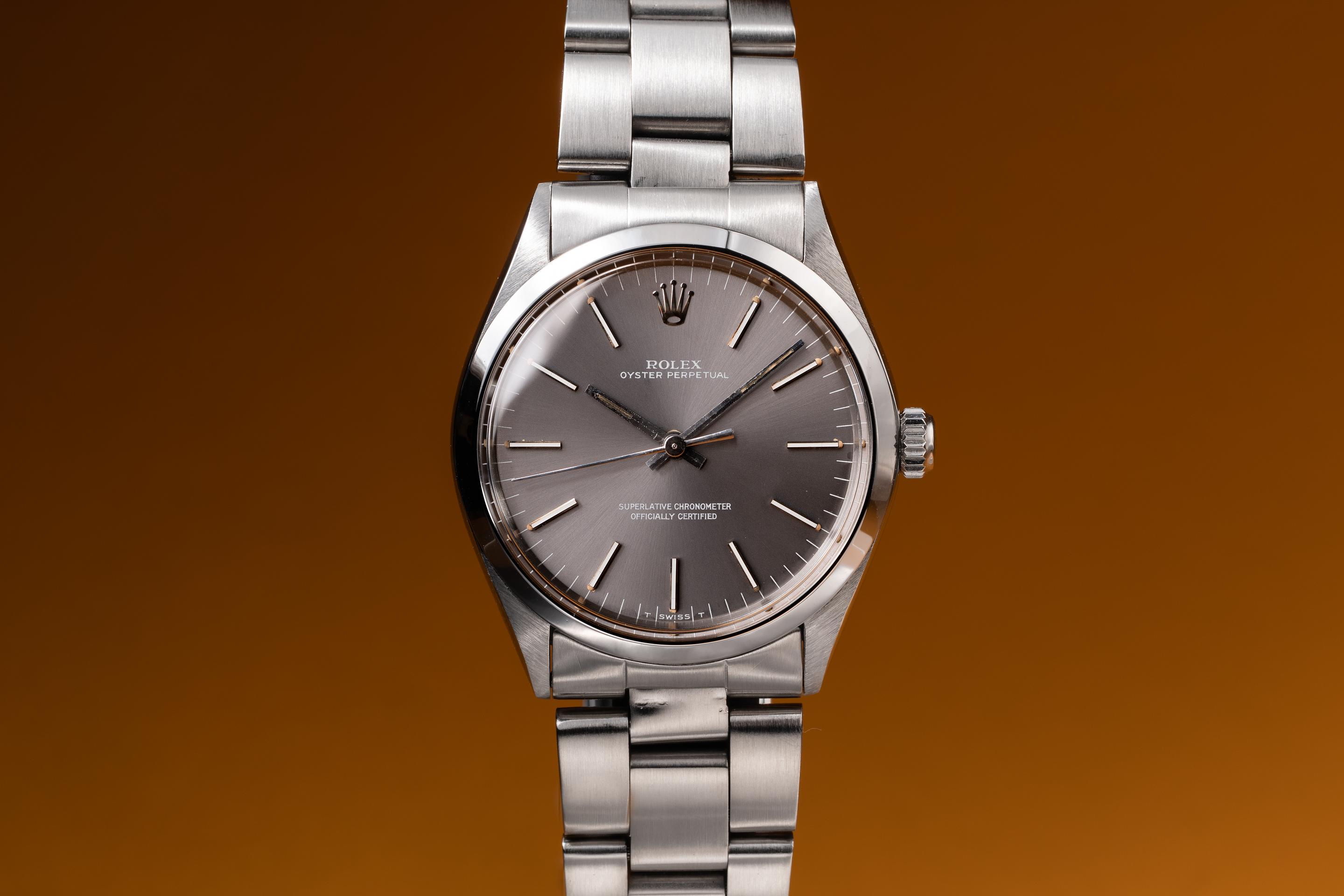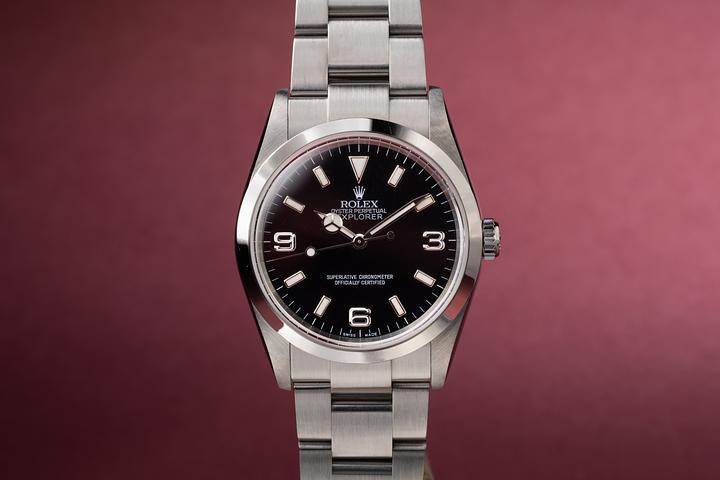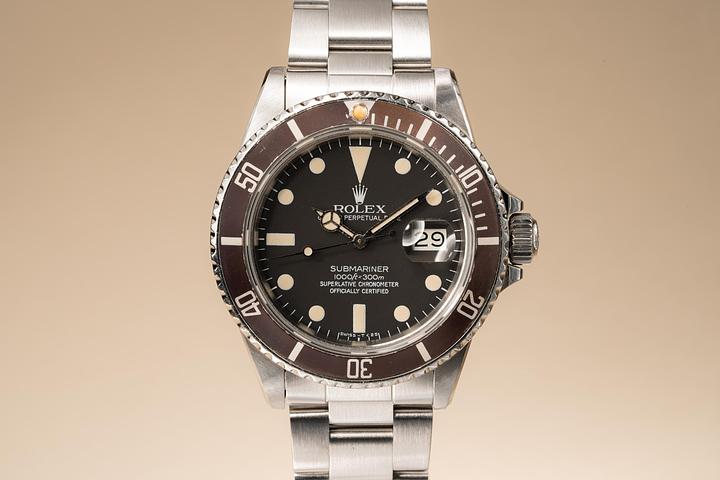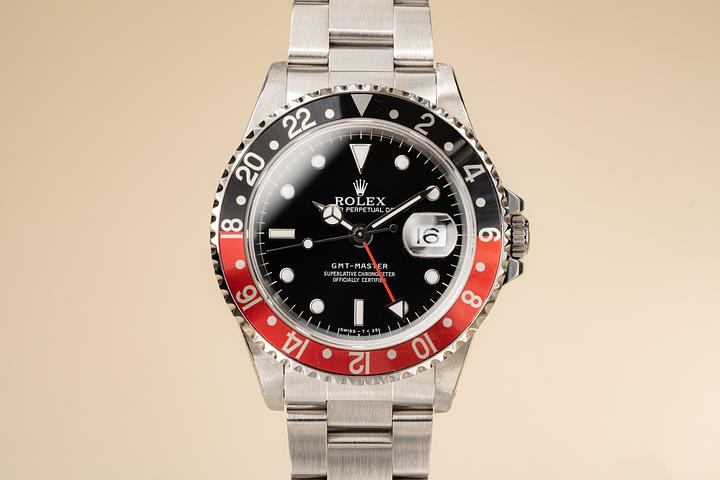Rolex Oyster Case: A Legacy of Waterproof Innovation Since 1926

The Legacy and Innovation of the Oyster Case: Rolex’s Revolutionary Milestone in Watchmaking
The Rolex Oyster case transformed the landscape of watchmaking when it was first introduced in 1926. Engineered for durability and water resistance, the Oyster case reflects both Swiss technical innovation and the brand’s relentless pursuit of precision and performance. Described often as a case that changed timekeeping forever, the Oyster serves as a foundational component of Rolex’s enduring reputation. Grounded in the traditions of the Swiss watch industry yet forged through mechanical advancement, it continues to symbolize craftsmanship, pioneering design, and horological evolution.
Origins of the Oyster: Setting New Standards in Watch Durability
Rolex was founded in 1905 by Hans Wilsdorf, a visionary who understood that a wristwatch must be both accurate and robust to command trust. At the time, wristwatches were considered delicate accessories, more fashion than function. Water and dust intrusion were persistent issues, leading to functional unreliability in most cases. In response, Rolex aimed to develop a sealed watch case that could ensure consistent timekeeping in any environment. The culminating innovation arrived with the Oyster in 1926: a hermetically sealed unit that safeguarded the movement from the elements by introducing a screw-down crown, bezel, and case back developed as an integrated waterproof system. This was not merely an aesthetic upgrade—it was a practical revolution.
Substantiating Innovation: The 1927 English Channel Crossing
To demonstrate the reliability of the Oyster case, Rolex orchestrated a public proof-of-concept campaign. In 1927, Mercedes Gleitze swam across the English Channel wearing a Rolex Oyster. The watch remained fully operational despite more than ten hours submerged in frigid, salt-laden waters. This singular event crystallized the brand’s reputation and directly validated the engineering claims. Rolex capitalized on this narrative by placing advertisements in UK newspapers, notably The Daily Mail, with images of the Oyster serving as testimony to its water-resistant capabilities. The success of this marketing initiative solidified the Oyster as a cornerstone of Rolex's technical identity.
Technical Architecture: Anatomy of the Oyster Case
While design is often subject to interpretation, engineering is measured through performance. The Oyster case’s structure remains rooted in precision metallurgy and industrial design. The case is composed of corrosion-resistant Oystersteel or other precious alloys like 18 ct gold or platinum, precisely machined to offer resilience under pressure. At its core, the Oyster case utilizes a screw-down crown often enhanced with the Twinlock or Triplock system—depending on the model—designed with multiple rubber gaskets to prevent moisture ingress. The bezel, whether fluted or smooth, is not decorative alone; in most Oyster models it is screwed securely onto the middle case to compress all components, enhancing water tightness. This construction was integral to Rolex’s early ascent in dive watch development and aviation use, where environmental extremes demanded mechanical integrity.
Rolex Oyster Models: Evolution Across Decades
Over the last century, the Oyster case has been the architecture for Rolex’s most iconic models. In 1945, the Datejust debuted the combination of the Oyster case with an automatic movement and a date display—blending form, complication, and water protection. The Submariner, launched in 1953, exemplifies the Oyster case’s full capabilities with a depth rating originally to 100 meters and later extended to 300. The Oyster Perpetual, perhaps the most distilled expression of the technology, offers a time-only configuration that emphasizes precision and simplicity. Even contemporary high-complication models—such as the Yacht-Master II, Sky-Dweller, and Deepsea—rest within enhanced versions of the Oyster case, illustrating its adaptability without compromise. Not an anachronism but an architectural pillar, the Oyster persists through mechanical refinement rather than stylistic reinterpretation.
The Oyster and Swiss Watchmaking: Aligning with National Standards
The Oyster case emerged during a pivotal moment for Swiss horology, as the industry began formalizing quality standards under national authorities such as the COSC (Contrôle Officiel Suisse des Chronomètres). Rolex’s advancements directly aligned with this movement toward standardized certification. Each Oyster-equipped Rolex striving for official chronometer status under independently supervised conditions signaled the brand’s commitment not only to innovation but to verifiable performance. Swiss traditions of precision craftsmanship and rigorous testing procedures found capable expression through the Oyster architecture. Moreover, the adoption of this casing technology pushed competitors toward similar engineering enhancements, indirectly influencing case-design methodologies across the Swiss industry for decades.
Continued Relevance: The Oyster Case in Contemporary Watchmaking
Despite being nearly a century old, the Rolex Oyster case remains a defining symbol in modern horology. Its foundational principles of pressure resistance, dust protection, and structural fortitude have been continuously refined without compromising the original vision. Current iterations benefit from advancements in CNC machining, proprietary materials such as Cerachrom and Chromalight, and more robust gasket systems—yet the essential concept endures. For collectors, enthusiasts, and first-time owners alike, the Oyster case represents the assurance of utility-oriented luxury: a watch born from problem-solving that remains relevant in today’s technologically driven world. It encapsulates Rolex's ethos of innovation with purpose and positions the brand as both a steward of tradition and a harbinger of functional design.




